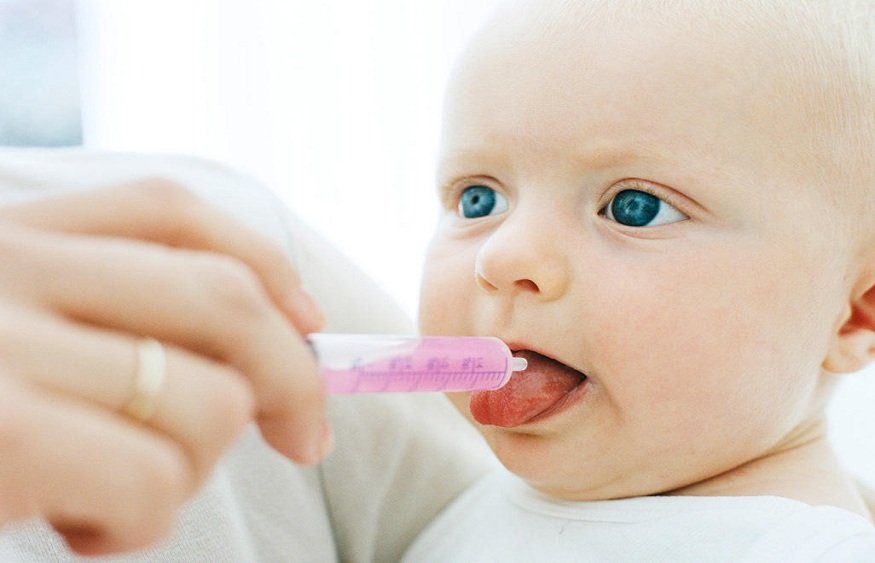When your child is feeling unwell and in pain, Tylenol (acetaminophen) is often a go-to choice for pediatric pain relief. It’s a widely trusted and commonly used medication, but ensuring that you administer the correct Tylenol dosage for your child is essential to provide effective relief while keeping them safe. This article will guide parents and caregivers through the dosing recommendations for Tylenol in children.
Here is the Tylenol Dosing Chart
Why Choose Tylenol for Children
Tylenol is a preferred option for pediatric pain and fever management for several reasons:
- Proven Safety: When used as directed, Tylenol is considered safe for children. It is well-tolerated and has a long history of use in pediatric medicine.
- Effective: Tylenol is effective at reducing pain and fever in children, helping them feel more comfortable when they are unwell.
- Multiple Forms: Tylenol is available in various forms, including liquid, chewable tablets, and suppositories, making it easier to administer to children of different ages and preferences.
Determining the Right Tylenol Dosage
The proper Tylenol dosage for children depends on their age and weight. Here are some general guidelines to help you determine the correct dosage:
- Consult with a Healthcare Professional: Always consult with your child’s healthcare provider before giving them any medication, especially if your child is under 2 years old. They can provide specific dosing recommendations based on your child’s age and weight.
Age-Based Dosing: For children over 2 years old, you can generally follow these guidelines:
- Children aged 2-3: Consult a healthcare provider for dosing recommendations.
- Children aged 4-11: 160 mg to 250 mg every 4-6 hours as needed.
- Children aged 12 and older: Follow the adult dosing recommendations on the label.
- Weight-Based Dosing: For children aged 2-12, it may be more accurate to determine the Tylenol dosage based on their weight. Typically, the recommended dosage is 10-15 mg per kilogram of body weight every 4-6 hours as needed. Consult the product label or your healthcare provider for precise recommendations.
Tips for Administering Tylenol to Children
To ensure that your child receives Tylenol safely and effectively, consider the following tips:
Use the Right Form: Choose the appropriate form of Tylenol for your child’s age and preference. Liquid Tylenol is often a good choice for younger children, while older kids may prefer chewable tablets.
Measure Accurately: Always use a calibrated dosing device, such as a medicine syringe or cup, to measure the correct amount. Avoid using household spoons, as they may not provide accurate measurements.
Follow the Instructions: Carefully read and follow the dosing instructions on the product label. Do not exceed the recommended dosage unless advised by a healthcare provider.
Monitor for Side Effects: Keep an eye on your child for any adverse reactions, such as rash, vomiting, or unusual behavior. If any side effects occur, contact your healthcare provider.
When to Seek Medical Attention
While Tylenol is generally safe when used as directed, there are situations in which you should seek immediate medical attention for your child. These include:
Overdose: If you suspect your child has taken too much Tylenol, contact a healthcare provider or a poison control center immediately. Overdosing can be very dangerous.
Allergic Reaction: If your child experiences symptoms of an allergic reaction, such as difficulty breathing, swelling of the face or throat, or hives, seek emergency medical care.
Prolonged Fever or Severe Pain: If your child’s fever persists for more than a few days or their pain becomes severe or unusual, consult a healthcare provider.
In conclusion, Tylenol is a trusted and effective option for managing pain and fever in children, but it’s crucial to administer the correct dosage based on your child’s age and weight. Always consult with a healthcare provider for personalized recommendations and follow the dosing instructions on the product label. By using Tylenol safely and responsibly, you can help your child feel better and recover more comfortably.

